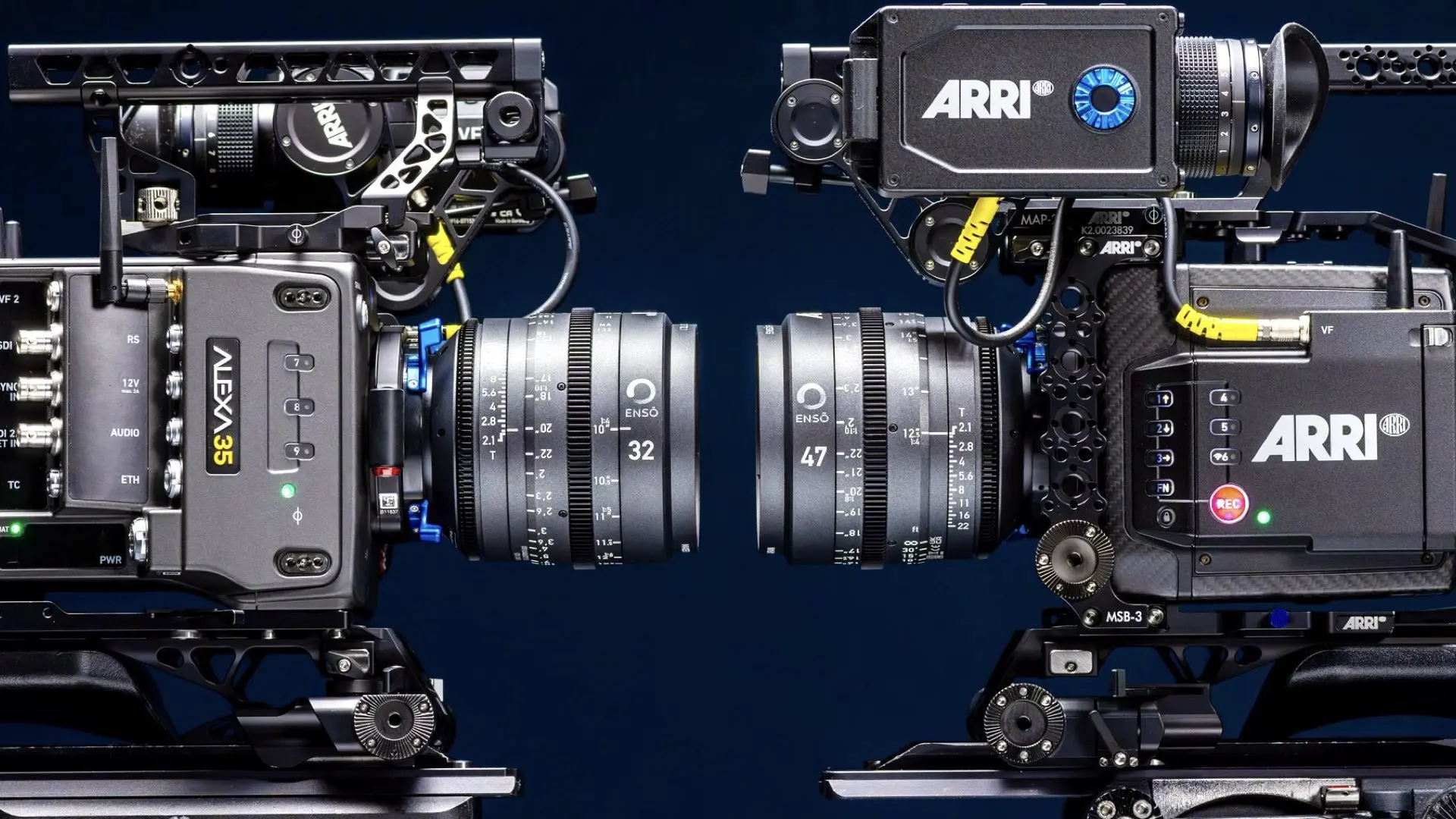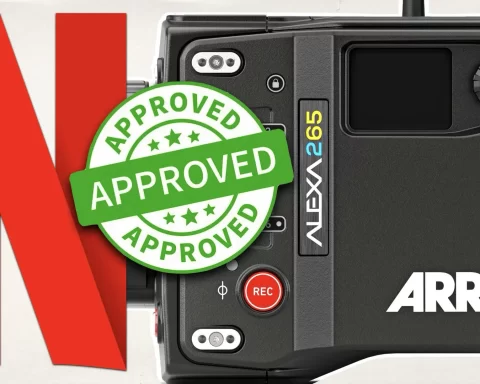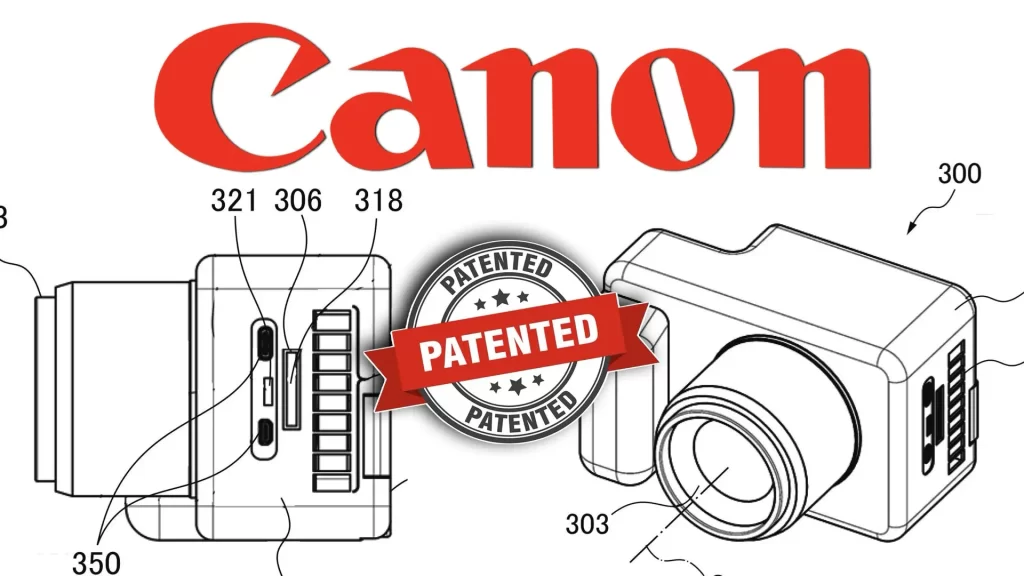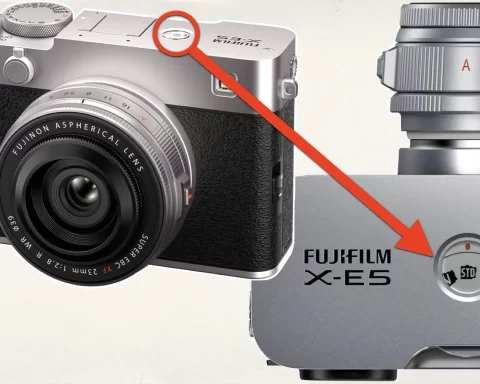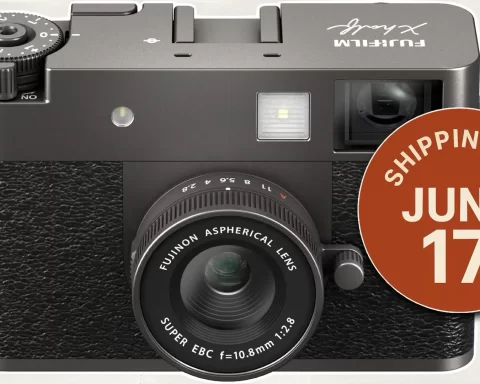ARRI has just introduced the new versatile and tuneable ARRI Ensō Prime lenses that were created to “Bring ARRI quality to new markets”. All details are below.
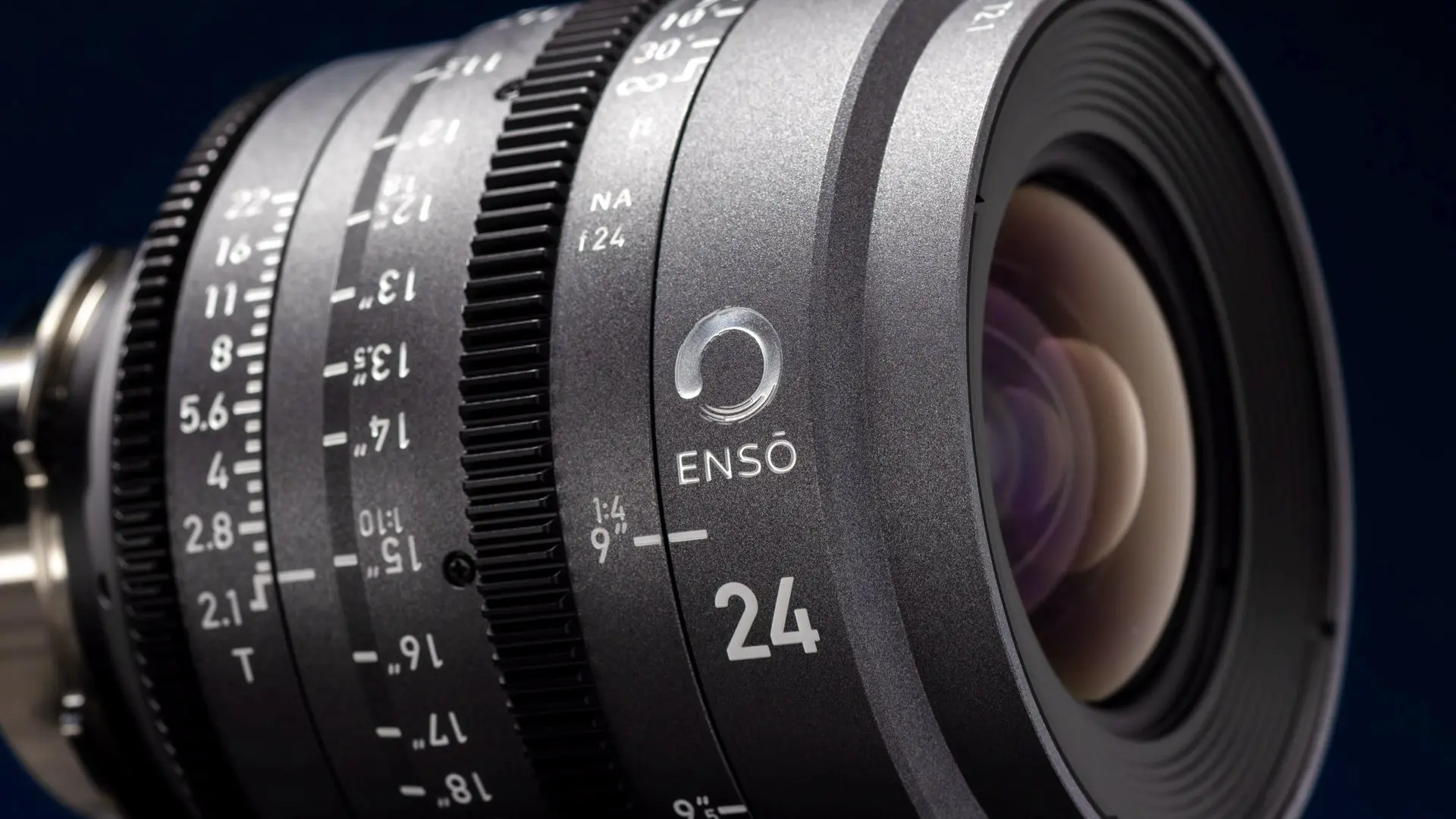
ARRI Ensō Prime Lenses
ARRI introduces its new Ensō Prime lens series, reaching beyond the company’s traditional market to embrace corporate and commercial content creators and owner-operators at earlier stages of their careers. Small, portable, and versatile, ARFRI says that the Ensō lenses deliver exceptional images in almost any condition. “The beautifully smooth and balanced native look can be tuned with Ensō Vintage Elements, which attach to the back of the lenses, allowing many different looks to be achieved with a single, cost-effective lens set” as stated by ARRI.
Key features are:
- 14 lenses from 10.5 to 250 mm (350/500 mm with Ensō Extenders)
- Different looks via external lens tuning with Ensō Vintage Elements
- Compact, lightweight, and flexible lenses designed for long ROI
- 1:4 magnification ratio for exceptionally close focus
- The core set includes six focal lengths and a Vintage Elements Kit
Here are all the videos, tutorials, and demonstrations about the Ensōs:
German precision & Japanese excellence
Ensō lenses combine German precision engineering with Japanese optical excellence. Simplicity and purity of purpose guided design principles and inspired the name Ensō, after the circular Zen calligraphy symbol. Creating an Ensō with a single brushstroke is an expression of nowness that requires emptying one’s mind of distractions and fully committing to the creative flow. ARRI Ensō lenses embody this philosophy by instilling the confidence to put aside technical concerns and focus on capturing the moment. As stated by ARRI: “Whether on a conventionally lit set or on fast-moving, lower-tier productions shot by small crews with minimal lighting, Ensō lenses can be relied upon to produce engaging, well-controlled images. It is this complete dependability in any shooting environment, combined with ARRI’s legendary build quality and climatic tolerances, that gives users the freedom to forget about technical worries and respond to their surroundings with unfettered creativity”.

Close focus characteristics
Close focus is a stand-out feature of ARRI Ensō lenses, with an impressive magnification ratio of 1:4 on most focal lengths, equivalent to 10” close focus on the 32 mm, which is only 3.7” from the front element. This facilitates beautiful close-up work, for example on product or food shoots, and the minimized breathing means focus racks have no discernible impact on framing—stunning bokeh and fall-off round out the lenses’ emotive focus characteristics. Moreover, ARRI adds that great care has been taken to balance the many optical parameters defining the native Ensō look, which is sharp and true, yet gentle and natural. But for projects that require a different look, ARRI provides the Ensō Vintage Elements— interchangeable optics that attach magnetically to the back of Ensō lenses. Far exceeding the scope of conventional filters, they offer quick and easy external lens tuning that incrementally shifts the look and feel of images.
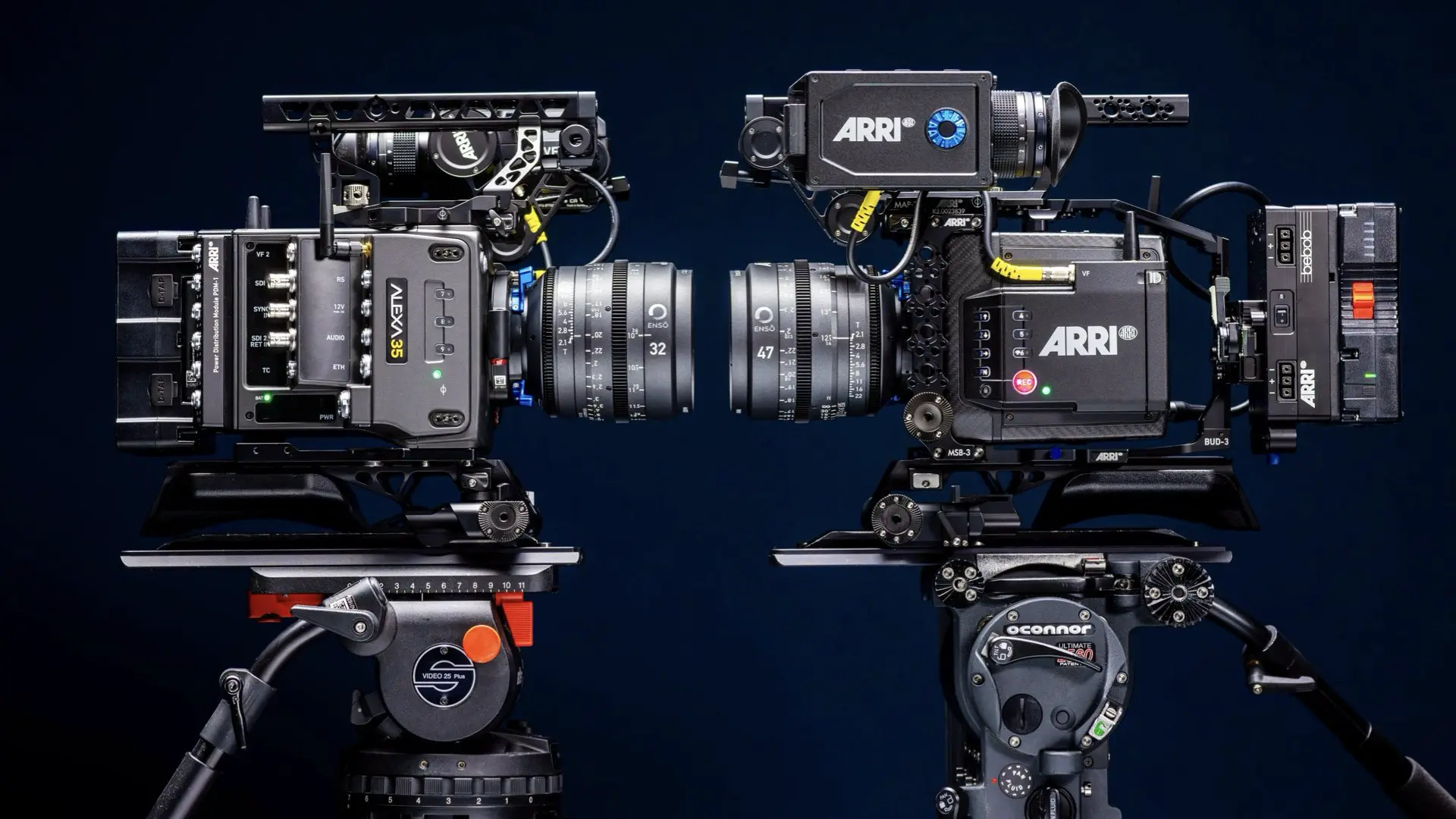
Special features
Building on what ARRI has learned from feedback about its Impression Filters for Signature lenses, Ensō Vintage Elements incorporates significant advantages. They come in more powerful strengths, producing images that are sharper in the center and therefore easier to focus, but with a stronger detuned effect at the edges of the frame. They have encoded chips that convey metadata about shifts of focal length, T-stop, and focus to the camera, and from there to on-set monitors and postproduction. Focus scale changes caused by the Elements can even be compensated for automatically with the ARRI Hi-5 hand unit, whether crews decide to use the included lens shims or not.

The kit
The full kit of six Vintage Elements comes as standard with ARRI’s core set of six Ensō lenses. It includes three positive Elements of different strengths, producing smeary, soft-edged bokeh in the background and Petzval-like image swirl at the corners of the frame. The three negative Elements have the opposite effect; out-of-focus background highlights have diffuse centers and bright outlines that overlap to create an edgier, more intrusive feel. The kit also includes an Ensō Creative Adapter, which lets users invent their own unique Elements for personalized external lens tuning. It comes with three retaining rings that allow different thicknesses of glass or other material to be used and held securely. Packing exceptional optical performance into a diminutive form factor, Ensō lenses are compact, lightweight, and portable, making them fast and easy to work with on set. Gear rings are in the same position on all 14 of the Ensō focal lengths, most of which are T2.1 and have a front diameter of 95 mm, so they can be swapped on the camera without disruption. The focal lengths in the core set will be the most frequently used, but the wide-angle 10.5 and 14 mm, as well as the telephoto 250 mm (350/500 mm with its included 1.4x/2x Extenders), allow Ensō shooters to meet even the most extreme visual demands.

Pricing & availability
ARRI Ensō lenses have been designed and priced to appeal to a wide range of image-makers, no matter where they are in their creative journeys. Choosing Ensōs is about making a safe, long-term investment in lenses that will be versatile and trustworthy career companions. Putting ARRI quality within the reach of corporate shoots, documentaries, and commercials that cannot afford big budgets or crews, Ensō lenses protect and enable their users, allowing them to develop, grow, and go with the creative flow. The core set of ARRI Ensō Prime lenses (18, 24, 32, 47, 75, and 105 mm with Ensō Vintage Elements Kit) is available to order now and will begin shipping in November. Regarding prices: 6 kit lenses (18, 24, 32, 47, 75 & 105mm) will cost you $87,000 USD. 3 kit lenses (47, 75 & 105mm) costs $42,500 USD. The ARRI Ensō Vintage Elements Kit costs $6,650, One lens (for instance, the ARRI Ensō 47mm T2.1) costs around $12,00 USD. So basically you can call it an affordable ARRI cinema lens. That price range allows ARRI to expand and penetrate new markets, and that’s cool.

